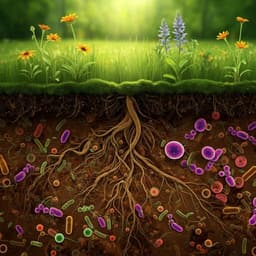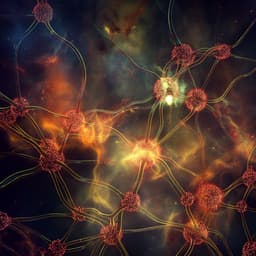
Agriculture
Metatranscriptomic response of the wheat holobiont to decreasing soil water content
P. M. Pande, H. Azarbad, et al.
This groundbreaking study by Pranav M. Pande, Hamed Azarbad, Julien Tremblay, Marc St-Arnaud, and Etienne Yergeau reveals the pivotal role of the microbiome in wheat's response to drought. Through intricate transcriptomic analysis, the research highlights the robust responses of fungal and bacterial partners in the wheat holobiont as soil water content dwindles. A must-listen for anyone interested in plant biology and sustainable agriculture!
Playback language: English
Related Publications
Explore these studies to deepen your understanding of the subject.







